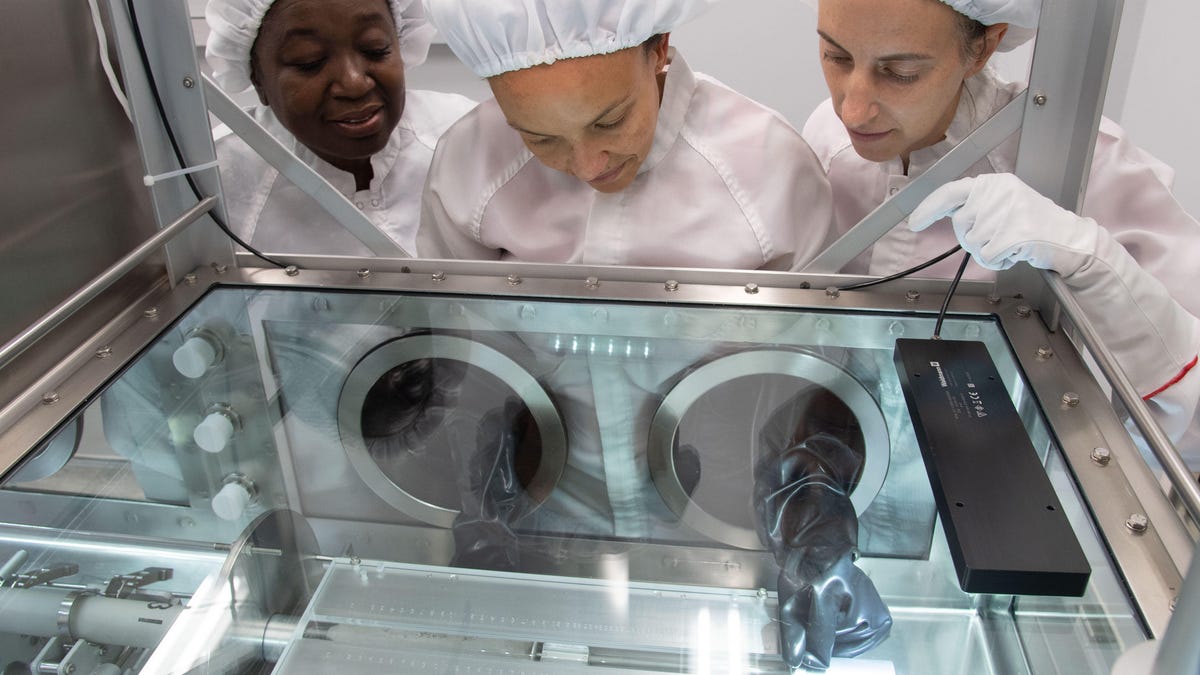NASA just cracked open a pristine Apollo moon rock sample
The sample of lunar rock and soil dates to the Apollo 17 mission in 1972.
Back in 1972, NASA astronauts Gene Cernan and Jack Schmitt worked a tube into the moon, gathered up rock and soil samples, and brought them back to Earth as part of the Apollo 17 mission.
The space agency had the foresight to sock away samples from Apollo missions for later study once technology had advanced. Now's the time for some of these samples to step into the science limelight.
NASA researchers opened up sample 73002 on Tuesday as part of the Apollo Next-Generation Sample Analysis (ANGSA) initiative. It will be divided up for study. This is the first of two Apollo 17 samples ANGSA will examine.
"Studying these unopened samples may allow scientists to gain insight into the origin of the lunar polar ice deposits, as well as other potential resources for future exploration," said NASA in a release on Wednesday.
This is sample 73002 viewed with 2019 technology (above) and 1974 technology (below).
NASA shared an image showing an X-ray computed microtomography scan of sample 73002 in 2019 compared with an X-ray scan from 1974. The clarity of the 2019 version shows how far imaging technology has come.
"The analysis of these samples will maximize the science return from Apollo, as well as enable a new generation of scientists and curators to refine their techniques and help prepare future explorers for lunar missions anticipated in the 2020s and beyond," said ANGSA program scientist Sarah Noble.
NASA hopes Earth's stash of moon samples will soon be expanded with the help of its Artemis program. The agency plans to send humans back to the lunar surface by 2024. That's a tight timeline, but scientists would love to have more of the moon to examine sooner rather than later.


